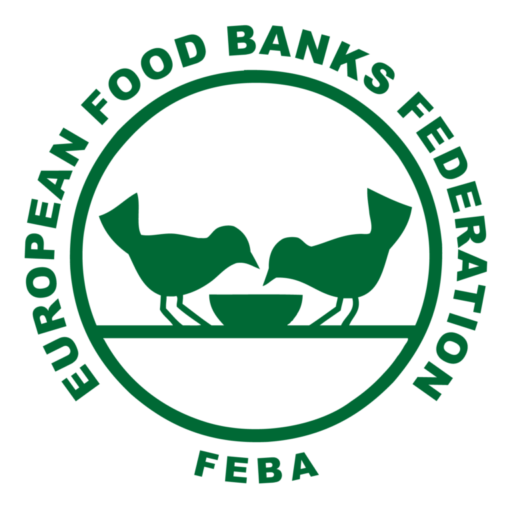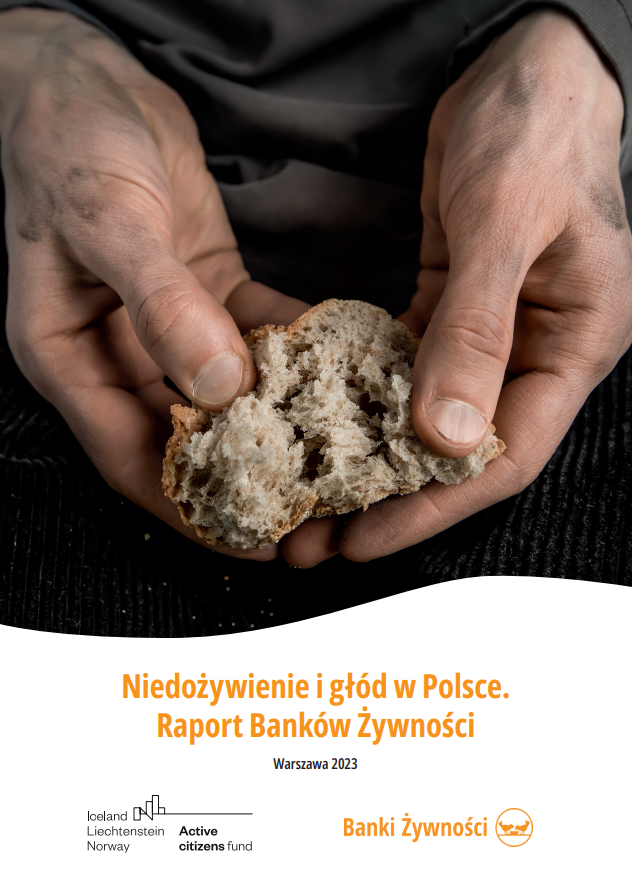According to the report from Federacja Polskich Banków Żywności published in October 2023, the economic situation of almost 78% of impoverished individuals, who rely on free food from charitable organizations, has worsened in the past year. Due to inflation, six out of ten of them have to borrow money to buy food on their own. Only one in four people can afford a satisfying warm meal every day.
The dramatic situation of individuals with the lowest incomes is revealed in the study titled
“Malnutrition and Hunger in Poland.” Conducted by the Federation of Polish Food Banks among people experiencing poverty, the study focused on those seeking free food packages from nongovernmental organizations cooperating with banks. In 2022, around 1.4 million people benefited from such support.
Today, seniors, children, individuals with disabilities, and single parents face the most challenging situations. Contrary to appearances, it is single-parent families, not large families, that are most vulnerable to malnutrition. Life is particularly difficult for workers receiving minimum wages in large cities, where prices for goods and services are highest.
In 53% of surveyed households, there is not enough money to meet basic needs, including purchasing food. Over 80% of them experienced hunger at least once in the last year due to financial reasons, and in 56% of homes, this situation occurs regularly. Six out of ten people have to borrow money to buy food. More than two-thirds had to give up grocery shopping to finance other expenses, such as paying for medication or rent. Entire groups of products disappear from the plates in poor households, with over 60% of those surveyed cutting out fish, 53% meat and sausages, and nearly 41% vegetables. Sugar and sweets, as well as beverages, including coffee and tea, also disappear from the shopping list.
In Poland, 4.8 million tonnes of food are wasted each year, with consumers responsible for 60% of the total discarded food. For the “Don’t Waste Food 2023” report, Food Banks conducted surveys with 1000 individuals about their food wasting habits.
This year, more than half of the respondents (56%) admitted to wasting food in their homes, marking a negative record in the 14-year history of Food Banks’ research. The most commonly wasted items include bread (52%), fruits (38%), vegetables (36%), and deli meats (32%).
While the problem persists, there are positive changes in consumer attitudes. The frequency of food waste has changed, with a significant increase in the percentage of people who throw away food once a month (23%) or less frequently (25%). Meanwhile, fewer people declare wasting food several times a week (6%) or several times a month (24%).
The rising cost of living due to high inflation has served as an alarming signal for Poles. As many as 76% acknowledged reducing food waste due to growing living costs. The most common decision is to give up selected products that are too expensive (61%). One in three respondents confirmed preparing smaller portions (36%) or meals with fewer ingredients (33%). At the same time, 18% admitted giving up selected meals.
Read the full report here.




